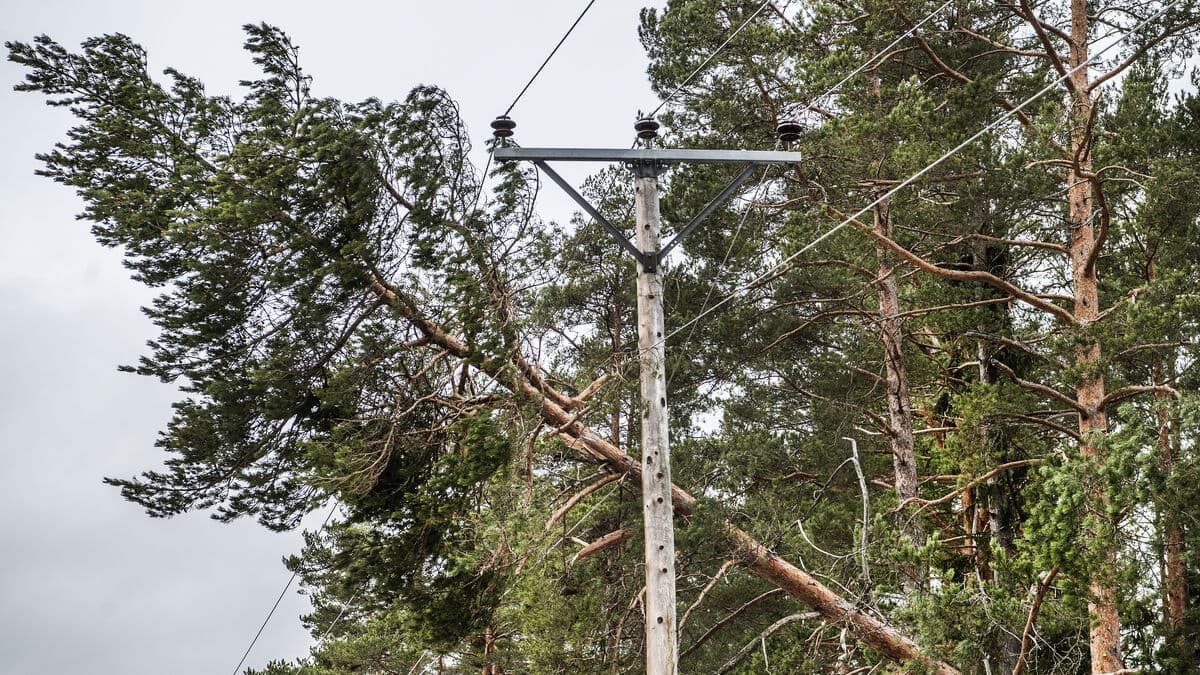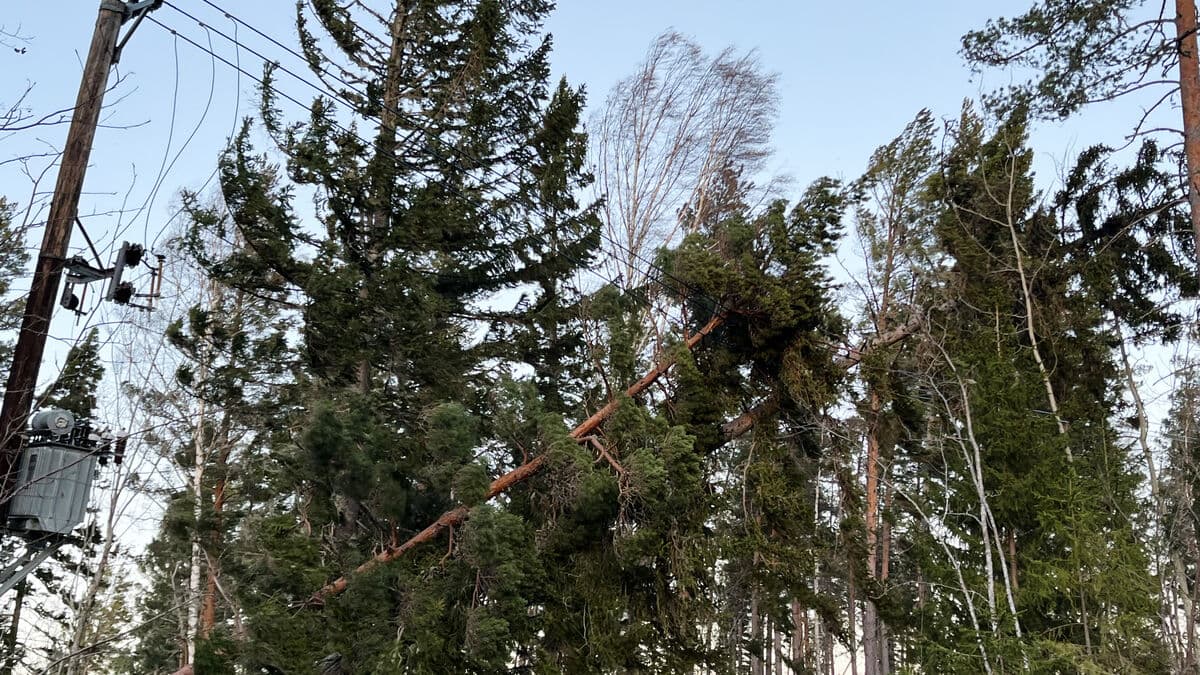TFA, trifluoroacetic acid, is a type of PFAS chemical and has increased sharply in wine recently, according to a new study by European environmental organizations.
In the study, which covered 49 wines, mainly Austrian, no TFA was found before 1988, but after 2020, the levels have skyrocketed, and ranged from 21,000 to 310,000 nanograms per liter.
The EU has set a limit value of 500 nanograms per liter of drinking water for the sum of all PFAS, but it is unclear whether TFA should be included. In Sweden, the National Food Agency has decided on a national limit value, 100 nanograms per liter for 21 selected PFAS, where TFA is not included. In the Netherlands, there is a specific guideline value for TFA of 2,200 nanograms per liter for drinking water.
"Wake-up call"
Many wines in the study thus had much higher levels than the existing limit and guideline values. The Swedish contribution to the study via the Swedish Society for Nature Conservation, comes from France and is Systembolaget's best-selling red wine in a bottle, French Grand Sud (Merlot) – which contained 220,000 nanograms of TFA per liter.
The result of the study needs to be seen as a wake-up call for our food production. Every investigation, small or large, that we conduct shows that PFAS are soon found everywhere, says Karin Lexén.
Exactly how dangerous TFA is for humans and what amount is a dangerous amount is not set in stone. In Germany, they have requested that TFA be classified as harmful to reproduction.
It's impossible to say how serious it is from a health perspective, says Mattias Öberg, docent in toxicology at the Karolinska Institute, and continues:
We know very little about the risks of TFA, it's only in recent years that measurements have started.
"Thrives in water"
TFA is not stored in the body, but that it's something that can be bad for humans in too large doses is no doubt, according to Öberg.
History has taught us that we can't wait until we see the health effects clearly, we must act when the levels in the environment and our food increase so sharply.
Öberg also mentions that there are large ongoing emissions of substances that will form TFA. He therefore believes that the levels in wine are not unique to wine.
It's a substance that thrives in water, so I think you'll find it in beer and juices too. Much that contains water and has contact with the environment will contain TFA.
PFAS are human-made chemicals that break down extremely slowly and therefore accumulate in nature and in our bodies. Some are toxic and can increase the risk of various negative health effects.
PFAS have been manufactured since the 1950s and are, among other things, dirt- and fat-repellent. They are found in everything possible, such as makeup, impregnation, popcorn bags, firefighting foam, and solar cells.
PFAS do not occur naturally in nature, but are now found everywhere. Millions of Europeans may be exposed to high levels in their drinking water.
TFA is a substance that has previously flown under the radar. Many other PFAS break down to TFA, and come from, among other things, refrigerants and pesticides. TFA is not included in the National Food Agency's limit values, pending further investigations.
Researchers are aware of 15,000 variants of PFAS, many of which break down to TFA.
Source: Chemicals Agency, National Food Agency





